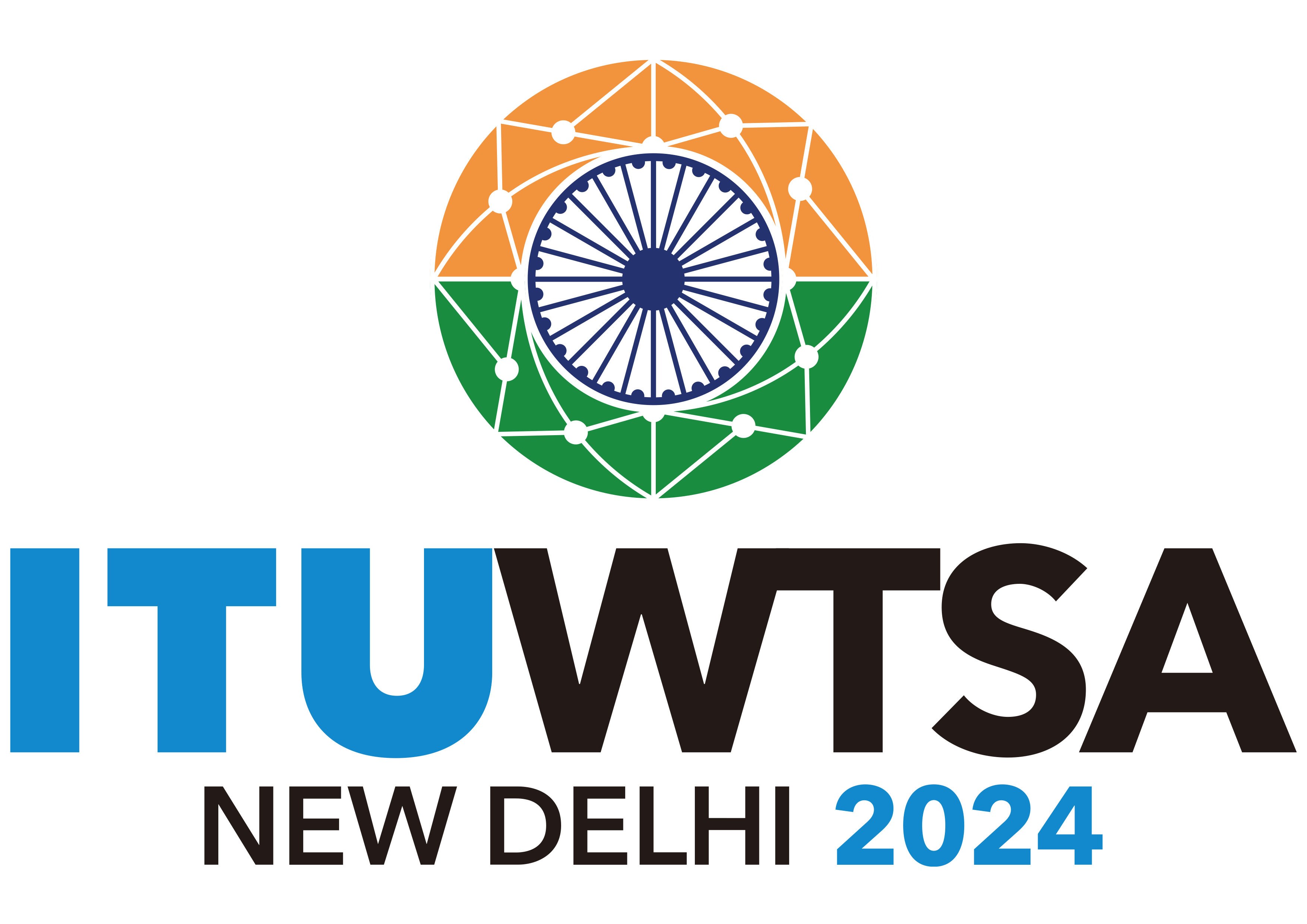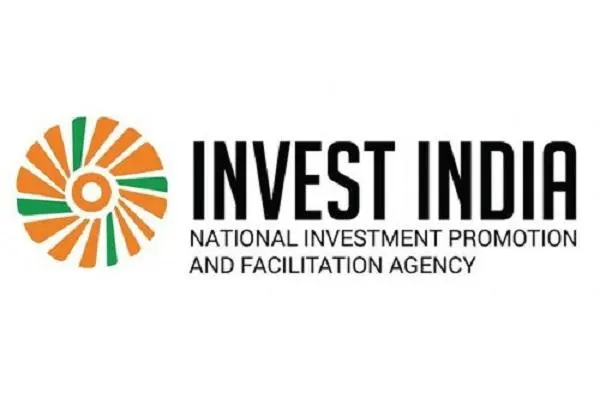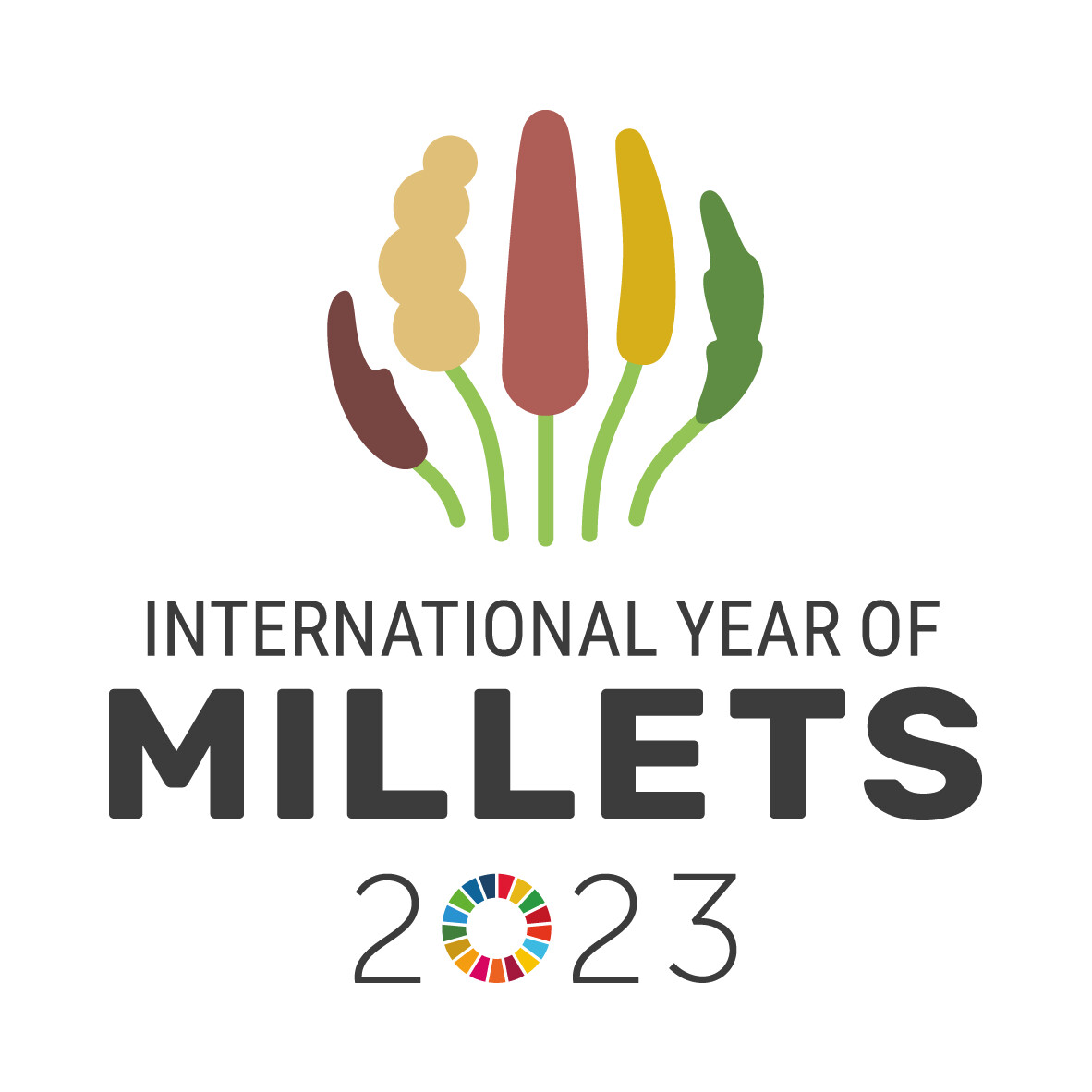Speech at Eurasian Economic and Cultural Forum organized by Korea Herald, December 15, 2021
Mr. Jung Won-ju, Chairman, Herald Group (and Vice Chairman of Jungheung Construction Co. Ltd.)
Mr. Choi Jin-young, CEO, The Korea Herald;
Mr. Shin Yong-bae, Vice President, The Korea Herald; Ms. Lee Joo-hee, Managing Editor, The Korea Herald;
CEOs and top company representatives present here today; Annyeong-hashimnikka, Namaste!
I thank The Korea Herald for organising the Eurasian Economic and Cultural Forum, for having this India focussed session and for giving me this opportunity to address this distinguished audience.
Let me begin with a brief statement of what I see when I analyse the India-ROK relationship. I see a relationship between two countries that are natural partners and whose bilateral relationship has grown steadily over the recent past into a true Special Strategic Partnership. I see how well India’s Act East Policy and ROK’s New Southern Policy Plus complement each other and the opportunities they offer for us to support each other’s national objectives.
Our shared vision of People, Peace and Prosperity forms the bedrock of our relationship. How so? People - as India and Korea share historical and cultural bonds of affinity and friendship, what with the legendary romance of Queen Heo from Ayodhya and King Kim Suro of Gaya, the early advent of Buddhism from the land of the Buddha to Korea, the inspiration offered by the writings of Rabindranath Tagore, Mahatma Gandhi and Jawaharlal Nehru, the humanitarian support extended by India during the Korean War. Peace - because both the Indian and Korean nations share a vision of bringing peace and stability to the region. Prosperity - because we understand how reinforcing our trade and economic cooperation can help us to contribute to each other’s rapid economic recovery from the stress of COVID. This is apparent from the clear synergies - India, with its huge USD 1.4 trillion infrastructure development plans, seeks
capital infusion, which ROK, with its capital surplus can well supply. India’s wealth of human resource offers a good match for ROK’s needs triggered by a dwindling population.
I will now speak about just a few key elements of the Indian policy environment that would be of interest to all the CEOs here today. Where does India stand today and what does it offer to Korea Inc.?
First: India’s huge economy of almost 3 trillion dollars, the 6th largest in the world, is again growing rapidly, with GDP having returned to pre-Covid levels after the sharp contraction witnessed in 2020. We expect to grow at between 8.5-9% in the 2021-22 fiscal as per World Bank and IMF projections. Global investor confidence is clear in India’s cumulative FDI today at USD 749 billion and cumulative FII USD 258 billion. In the first 9 months of 2021 alone, VC investments in India touched an all-time high of US$ 19.5 billion. The very fact that surprisingly little of this investment has come from ROK, especially given the amount of Korean capital chasing opportunity today, makes the opportunity clear.
Second: India’s sharp focus on infrastructure development, with plans to execute 7,400 infra projects ranging from smart cities, waste management solutions, roads, highways and ports, telecom connectivity etc over the next 5 years alone. We anticipate expenditure of USD 1.5 trillion on these projects, which offer enormous opportunities for foreign investors and EPC contractors. Korean firms bidding for these contracts with favourable terms of credit will enjoy a clear advantage.
Third: India’s demographic advantage, with its 1.4 billion people and youthful demographic. This translates into a huge market and India’s consumption is set to increase to USD 4 trillion by 2025, making it the 3rd largest consumer economy in the world. The opportunities for Korean business are apparent. I will cite just one example to illustrate my point: India has 700 million internet users and 1.18 billion mobile phone subscribers. I think we can all imagine what this could mean for mobile hardware and services companies and for big data and computing.
Fourth: With 65% of India’s population in the 15-64 age-band and median age of 26.7 years, India has one of the highest working-age populations in the world. India has the second highest number of STEM graduates and the third largest pool of scientists and technicians in the world. This offers options for Korean companies that are grappling with the challenge of a shrinking and greying workforce. They can leverage India’s wealth of skilled professionals and technical manpower with excellent IT skills and English language skills to enhance their own competitiveness.
Fifth: The Indian Government has taken several policy initiatives to encourage PE/VC investments and, in the wake of the COVID disruption, build at least some domestic capacities for critical supplies that can help diversify global supply chains. The USD 270 billion Aatmanirbhar Bharat Abhiyaan (Self-reliant India Campaign) offers relief to vulnerable small farmers and migrant workers, MSMEs and Start-ups, and addresses pan-sectoral needs like infrastructure, health care and education. The new Production Linked Incentive Scheme facilitates investment by global companies in priority sectors such as Mobile Manufacturing, Specialty Steel, specified Electronic Components, Pharmaceuticals, Textiles, etc. Taxation reforms carried out include repeal of a retrospective tax legislation to boost investor confidence and reduction of effective tax on new manufacturing companies to just 17%. Labour and bankruptcy reforms have been carried out to make them more business and investor friendly. We have focussed on financial inclusion through the so-called JAM trinity that provides all citizens enjoy access to the banking system, creates a national identification network and utilises the mobile network for direct transfer of funds into accounts of beneficiaries. This has been a real game- changer in India with this package of reforms allowing 430 million people to gain access to the formal banking system.
Sixth: The exciting Start-up world. India is now the world’s 3rd largest start-up ecosystem with over 59,000 startups and 79 unicorns today. Of these unicorns, 42 emerged in 2021. A sign of growing investor confidence in Indian start-ups is the fact that USD 63 billion worth of investment were raised by Indian start-ups over the past five years.
And last, transformational changes on the energy front that are in sync with Korean plans and strategies. India is committed to working towards climate change mitigation in combination with climate justice. During COP-26, Indian Prime Minister Narendra Modi announced that India’s non-fossil fuel capacity would be enhanced to 500GW by 2030, that 450GW of renewable energy capacity would be created by 2030 and carbon net zero neutrality would be achieved by 2070. India has also launched a Green Hydrogen Mission in order to boost innovation in this frontier technology to meet the world’s energy needs in a sustainable and environment friendly fashion. This is an area of opportunity for India-ROK partnership given the ambitious targets that have been set by the Korean Government in this field and the need for Korean companies to manufacture green hydrogen in the most competitive and efficient manner.
I will close by pointing out that at this time when the COVID19 pandemic has forced re-evaluation of old systems, the inherent strength of the India-ROK relationship gives rise to new opportunities. Korean companies are actively appraising
the need to relocate their manufacturing facilities to other countries to cut costs and secure skilled and low cost workers. India is the obvious destination for such companies. Korean chaebols have already shown the way and are leveraging Indian strengths to maximise their punch in the Indian and third country markets. An excellent example of this is Hyundai Motors India, which manufactures in India for sale in the Indian market - and for export to third countries. Today, the company sells 70% of the cars produced at its Indian factory in India and exports the remaining 30%. This should offer some food for thought to Korean companies who are seeking to enhance their competitiveness and boost their bottomline.
I hope that I have been able to give some glimpse of the economic outlook and opportunities in India. We at the Embassy are constantly working to facilitate Korean companies to find the right opportunity and partner. My team is just a phone call or email away.
As the Korean saying goes: “Birds build their nests on a windy day, so they can withstand strong winds”. This time of pandemic is just such a stormy time when the India-ROK partnership can prove its mettle.
Khamsahamnida. Dhanyavaad.













